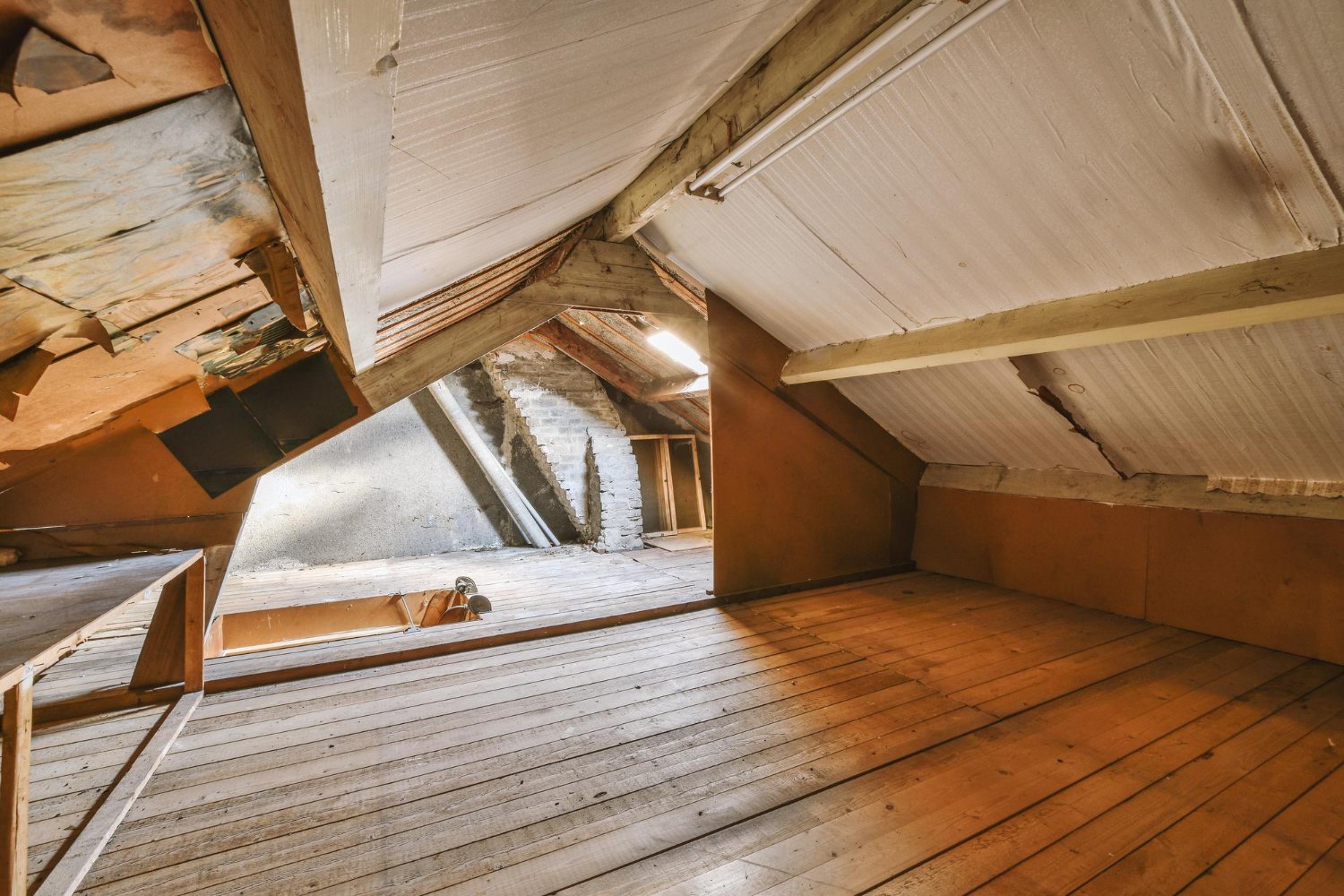When considering home improvement projects, many homeowners often overlook the importance of attic beams. Properly maintained attic beams are crucial for the structural integrity of your home. This article provides attic beam restoration tips and aims to guide homeowners and real estate developers in recognizing the significance of attic beam maintenance.

Understanding the Importance of Attic Beams
Attic beams play a vital role in supporting the roof structure and distributing weight evenly. Over time, these beams may suffer from wear and tear, leading to potential safety hazards. It’s essential to address these issues promptly to maintain a safe living environment.
Identifying Common Problems with Attic Beams
Before diving into restoration, it’s important to identify common issues that affect attic beams. Some common problems include:
Wood Rot
Wood rot is a common issue that occurs when moisture infiltrates the attic, leading to decay. This can significantly weaken the beams, compromising the structural integrity of your home.
Pest Infestation
Pests such as termites and carpenter ants can cause significant damage to wooden beams. Identifying signs of infestation early can help prevent extensive damage.
Cracks and Splits
Over time, attic beams may develop cracks and splits due to temperature fluctuations and natural aging. Regular inspections can help catch these issues early.
Essential Tools for Attic Beam Restoration
Having the right tools is crucial for successful attic beam restoration. Some essential tools include:
- Hammer and nails
- Saw
- Screwdriver
- Wood filler
- Protective gear
Step-by-Step Guide to Restoring Attic Beams
Step 1: Inspection
Begin by thoroughly inspecting the attic beams for any signs of damage. Look for cracks, rot, and pest infestations. It’s important to address these issues before proceeding with restoration.
Step 2: Cleaning
Remove any debris and dust from the beams. Cleaning the area will help you better assess the condition of the beams and prepare them for restoration.
Step 3: Repairing Cracks and Splits
Use wood filler to repair any cracks or splits in the beams. Apply the filler evenly and allow it to dry completely before proceeding to the next step.
Step 4: Treating Wood Rot
If wood rot is present, it’s crucial to treat the affected areas with a wood preservative. This will help prevent further decay and extend the life of the beams.
Step 5: Pest Control
In the case of pest infestation, consider using insecticides or hiring a professional pest control service to eliminate the problem.
Step 6: Reinforcement
For severely damaged beams, consider reinforcing them with additional wooden supports or metal braces. This will provide extra strength and stability.
Preventative Measures for Long-Term Maintenance
Regular Inspections
Conduct regular inspections of your attic beams to catch any potential issues early. This will help you maintain the structural integrity of your home.
Moisture Control
Ensure proper ventilation in your attic to prevent moisture buildup. Installing a dehumidifier can also help reduce humidity levels.
Pest Prevention
Seal any gaps or cracks in your attic to prevent pests from entering. Regularly inspect the attic for signs of infestation.
When to Call a Professional
While some attic beam restoration can be done as a DIY project, there are situations where it’s best to call a professional. If you’re dealing with severe damage or unsure about the process, seeking professional assistance is recommended.
Attic storage solutions
In addition to restoring your attic beams, consider optimizing your attic space for storage. Visit our guide on attic storage solutions for more ideas.
Conclusion
Attic beam restoration tips are essential for maintaining the structural integrity of your home. By identifying and addressing common issues, using the right tools, and following a step-by-step restoration process, homeowners can ensure their attic beams remain in excellent condition for years to come.

FAQ
How often should I inspect my attic beams?
It’s recommended to inspect your attic beams at least once a year to catch any potential issues early.
Can I restore attic beams myself?
Yes, minor restorations can be done as a DIY project, but for severe damage, it’s best to consult a professional.
What are the signs of wood rot in attic beams?
Signs of wood rot include discoloration, a musty smell, and soft or crumbly wood.
For more detailed attic remodeling ideas, you can check out this [external guide](https://www.lowes.com/n/ideas-inspiration/attic-remodeling-ideas) (nofollow).
This article contains affiliate links. We may earn a commission at no extra cost to you.




